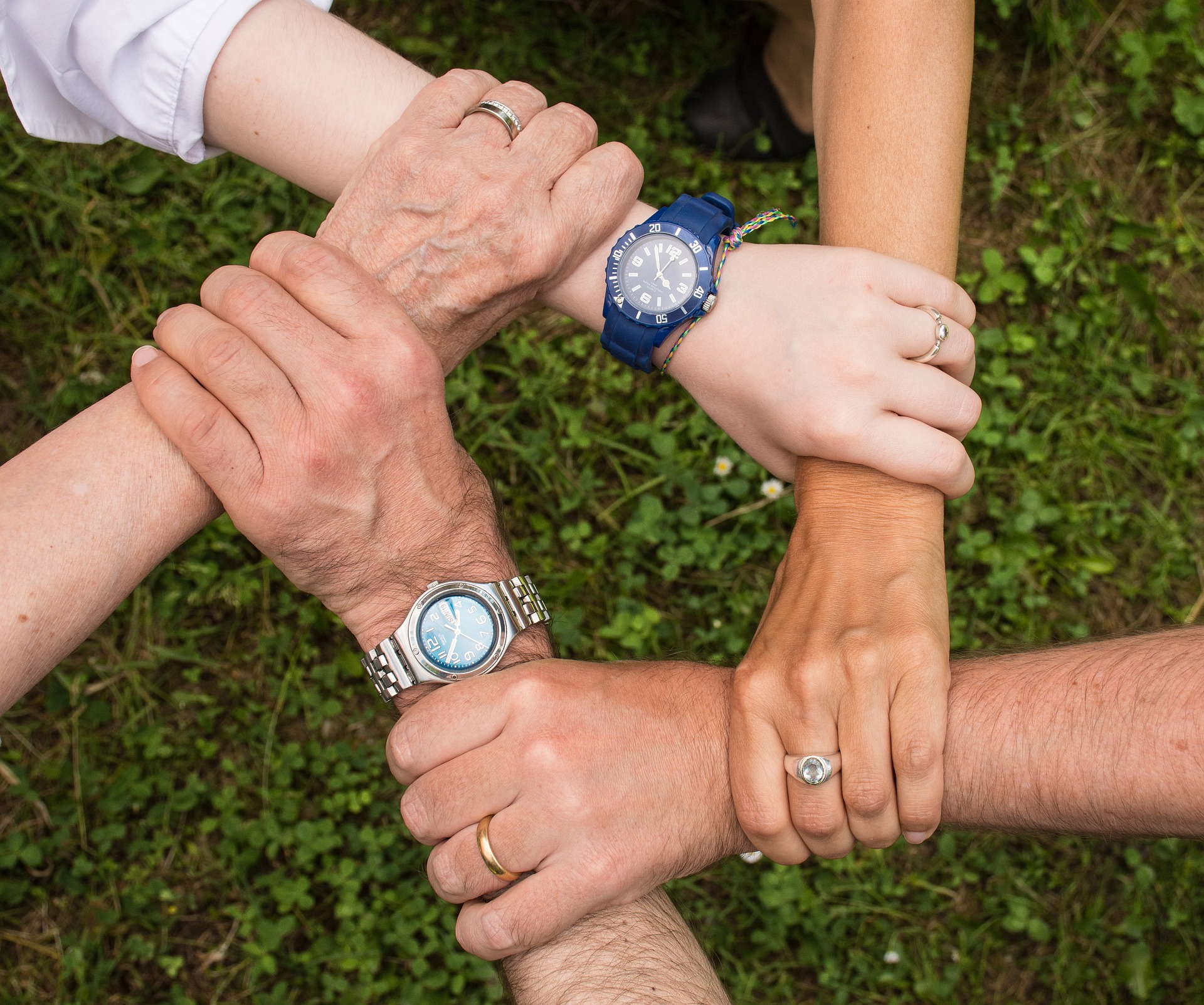Blog: 4 Reasons to Embrace Gen-Mix Volunteerism

From lockdowns to mask-wearing to vaccination, COVID-19 has been one of the most polarizing issues of our time. Among these stark divisions—arising from perceived vulnerability to the virus, both in health and economic terms—is the one between the generations. This manifestation of the “generation gap” presents a new challenge for the voluntary sector post-pandemic.
Pre-pandemic, Boomers (born pre-1965) and Gen X (born 1965-1980) could boast the highest volunteer rates, and Millennials (born 1981-1996) outpaced any previous generation in volunteering. However, according to research by Points of Light, post-pandemic Gen Z (those born 1997-2010) are more likely to volunteer. Although many nonprofit leaders feel the need to encourage older volunteers to return, engaging the young is certainly an opportunity not to overlook.
In my work, I am privileged to engage with hundreds—sometimes thousands—of nonprofit professionals across the US and Canada, hearing first-hand of such challenges as volunteer recruitment and nurturing cohesive cross-generational volunteer communities. Engaging the young, side by side with older volunteers who are still motivated and able to engage, is exciting for many and, yet, daunting for many others. Nevertheless, the benefits of doing so are clear and profound. Here are four compelling reasons to incorporate “gen-mix” or, better termed, “co-generational,”[1] volunteerism into your engagement strategy.
- Program Innovation
With five generations active in the workplace, there is a growing body of evidence from employers to show that co-generational programs foster innovation. Nonprofits can learn from the business world by finding ways to combine each generation’s values, work ethics, communication styles, and skillsets to address difficult-to-solve issues in the communities where the nonprofits are active.
- “Knowledge spillover”
Every individual, regardless of age, has skills and experience that can benefit mission-driven organizations. Furthermore, volunteers value learning from and sharing with each other. Among volunteers who have served co-generationally, 65% of Gen Z reported having learned something new from an older volunteer and 75% of Boomers reported sharing something they know with a younger volunteer. Simply put, co-generational teamwork will not only strengthen the outcomes of the program in the communities it serves but also foster greater intergenerational respect among volunteers.
- Program Stability
An age-diverse volunteer base is a must for nonprofits, most of which experienced the sudden loss of its older volunteers during the pandemic. It could happen again, at any point, and like the last time, not all older volunteers will choose to transition to remote volunteering. Age diversity fuels sustainability, as it ensures a greater pipeline of human talent.
- Volunteer Diversity
By building an age-diverse volunteer corps, nonprofits can broaden their volunteer base in other ways. For example, the 2020 census shows that 49.8% of children in the US are people of color, meaning that recruiting more young people will naturally expand the racial diversity of the corps over time. Additionally, offering co-generational opportunities may advance diversity goals, as, according to CoGeneration’s recent report, “young people, Black and Hispanic people of all ages are especially keen to work across generations.” Of course, diversity is not limited to race. And it’s worth noting that younger people have grown up in a world where it is easier than in previous generations to identify as queer, neurodiverse, or disabled, and they have access to technologies that support social and employment integration.
Of course, designing an age-diverse volunteer program is not without its challenges. Organizations must create appropriate gen-mix volunteer opportunities, have the in-house management and tech capacity, build a positive culture, and ensure that safeguarding policies for young and old are robust.
Despite the challenges, the voluntary sector not only needs to embrace age-diversity for its sustainability but also play a vital role in healing the rift between generations that has widened since 2020. Fortunately, there is a strong asset upon which to build—the belief of nearly all (96.4% of those surveyed) that working across generations can help American better solve its problems. That’s a great place to start.
Beth Steinhorn is President of VQ Volunteer Strategies and co-editor of Transforming Disruption to Impact: Rethinking Volunteer Engagement for a Rapidly Changing World, out now from Amplify Publishing. To learn more about this topic, read the chapter by Phyllis N. Segal, Senior Fellow at CoGeneration (formerly Encore.org), “Co-Generational Service: A Disruption to Increase Impact.”
[1] According to CoGenerate (formerly Encore.org), “co-generational volunteering” is multiple generations collaborating to address issues and solve problems, working together in support of the same cause.
